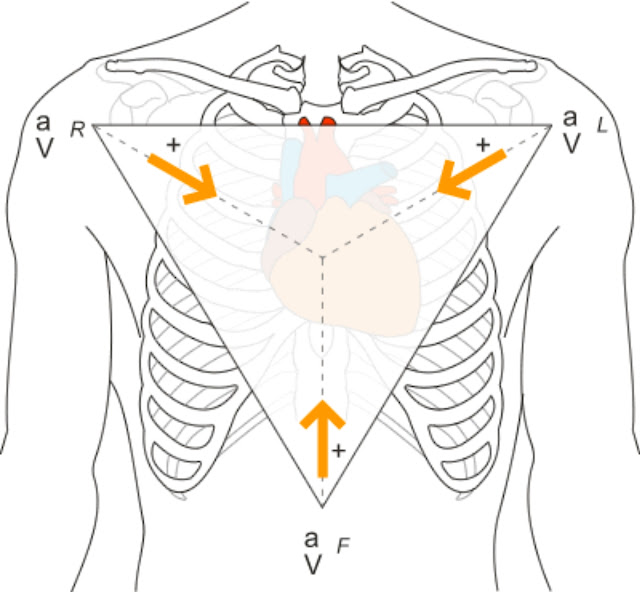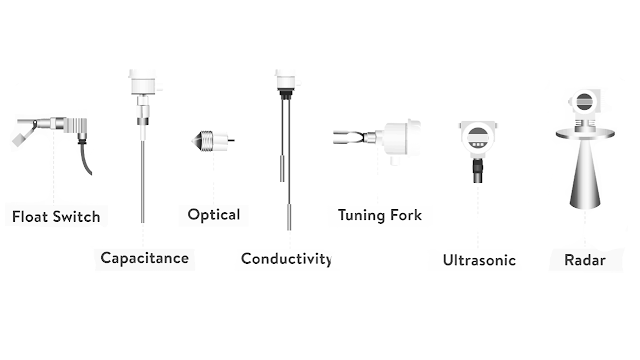Justify the use of vector cardiograph in electrical activity of heart. Illustrate the significance of unipolar and bipolar electrode configuration used in ECG with neat sketch and elaborate moment artifact and transient protection circuit in detail.

Justify the use of vector cardiograph in electrical activity of heart. Illustrate the significance of unipolar and bipolar electrode configuration used in ECG with neat sketch and elaborate moment artifact and transient protection circuit in detail. vector cardiograph Vector cardiography is the technique of analysing the electrical activity of heart by obtaining ECG along three axis.The display is know as vector cardiogram.This gives the representation of distribution of electrical potential generated by the heart , and produces loop type patterns on the CRT screen.The vectorcardiography examines the ECG potentials generated along the three-dimensional axes of the body. i.e., that is x, y, and z planes.The x vector is taken as the potential between two points under the arms, the y vector is between the head and right leg, and the z vector is from the front to the back of the body. significance of unipolar and bipolar electrode configuration used in ECG Unipolar Leads Well, so far we ha...





